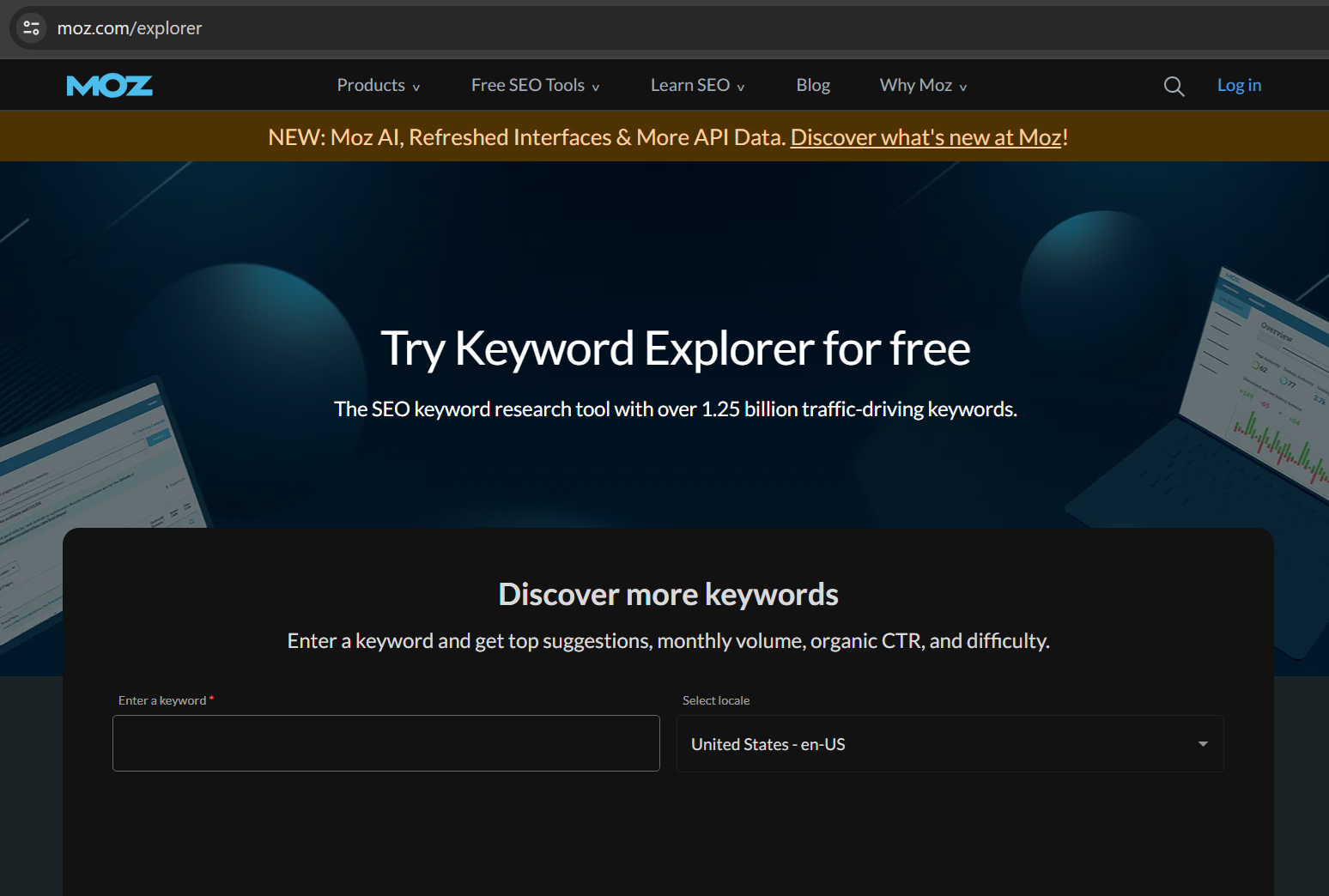Local Online Marketing Tips for Not-For-Profit Agencies
Positive exposure is the lifeblood of all successful non-profit endeavors. The more visibility you have, the better the chance that you’ll be able to attract the financial backing you require.
We spoke with dozens of successful digital marketing gurus who agreed to share what they’ve done in the past to help other not-for-profits rank at the top of the search engines. The 15 tips below are easy to implement, come highly recommended and will make a difference in your bottom line this coming year.
1. Google Search Operators for Directory Listing Research
“When working on your NAP (Name, Address, Phone Number) don’t stop at the normal directory locations, dig deep to find non profit and region/municipality specific citation points using advanced search operators. Searching (the whole term, quotes included” non profit “add site” in Google will give you a list of sites that include “non profit” and “add site” in the title or meta, creating new citation points. Searching allintitle:local non profits will give you a list of search results that have “local nonprofit” in the title. Familiarizing yourself with advanced search operators can uncover an entire new world of citation and link prospects. As you acquire new citation points, consider creating an additional HTML sitemap of those citation points and have Google fetch that page to ensure all your citation points are being indexed.”
By BJ Enoch of SocialSEO
2. Domain Authority Building Tactics
“Non-profit organizations can ramp up their local SEO practices by investing in authority building tactics like driving quality links back to their website. Quality backlinks improve your site’s authority, increasing its ranking in search engine results. Executing a high-quality, link-earning strategy won’t cost a lot of money, but leans more heavily on building relationships in the real world that can benefit you online.
One example of this could be offering volunteer programs where schools, corporations,and other businesses can have a ‘volunteer day’ at your non-profit’s location. Market your volunteer days as an opportunity to support those in need, while offering team building exercises and experiencesto participating schools and businesses. Encourage your volunteers to take pictures of the work they are doing, blog about it on their school or company websites, and then link back to your site. If the event seems newsworthy, invite the media to cover the story. It’s a great way to spread the word about the work you do while earning new links and increasing your authority online.”
By Michelle Levine of Vistaprint
3. Not exactly SEO but…Google Ad Grants for Non-Profits
“Apply for Google Ad Grants! For qualifying nonprofits, you can receive up to $10,000 USD in ad spend with a maximum cost-per-click of $2.00 USD. Coupled with proper keyword research, appearing on the search results both organically and through ads is a great way to boost exposure. Not sure if you’re eligible? Check out the guidelines here.”
By Jennilyn Adefuin of Can I Rank?
4. HTTPS for Trust Building
“No one wants to visit an insecure website. All sites should use HTTPS as a sign of trust and validity. Google uses HTTPS as a soft ranking factor because consumers want safe browsing experiences. Sites still using HTTP are not only viewed as unsafe, it also signals the property may be abandoned, which reflects poorly on the organization. Using HTTPS also unlocks many modern web APIs so your site can create better user experiences like Progressive Web Apps. TLS certificates are free and easy to install today, so there are no excuses for not using HTTPS.”
By Chris Love of Love2Dev
5. Featured Event Sections of .GOV Websites
“Being a non-profit, you have the opportunity to get .gov links (which are of much higher quality). What you’d want to do, is host an event/fundraiser, then reach out to either the city or state .gov site and ask to be featured in their events section. They’ll ask you for a description of the event, and you can throw the link back to your site (ideally you’d want to create a page on your site for the event).”
By Ben Hanzel of Best Company
6. Build Geo-Targeted Pages on your Website
“Build location pages for unique chapters. Sometimes companies that have different locations tend to put them all on the same page of their website. Instead, look into building separate pages optimized for each location. This gives you the advantage of dominating more of Google’s search, while also allowing your nonprofit to receive more hits for each location, instead of just being mapped under one.”
By Lauren Walter of Online Optimism
7. Be Sure to Have a Review Strategy
“It’s important to have a review strategy. Having a larger number of positive Google reviews not only can lead to better rankings but also helps with consumer conversion rates. When a consumer has options, reviews are one of the main factors they will look at to make their decision. Invite your customers to share their experience via a Google review – it’s important to do these organically and don’t pay for reviews as that could ultimately damage your reputation with Google. Also, have someone monitoring your reviews. Respond and say thank you to your positive reviewers, and make sure to respond to any negative reviews as well by acknowledging the issue they have expressed in the review and offer an easy way to contact your organization to discuss the issue. This not only helps with the customer who left the review but shows others that you are engaged and care about how customers feel about their experience with your business.”
By Brandon Cockrell of Linchpin Sales Interactive
8. Local Press is the Holy Grail
“Getting backlinks from your local press is the holy grail of local SEO for non-profit organizations, and to be honest, it’s simpler than you think. One method for getting press (and therefore, backlinks) is to come up with an event to use as ‘bait’ – a free concert featuring local bands or soloists, a screening of a locally-produced film with a rented screen and projector, or something like that. Then, create a page on your website with all of the details. Thirdly, send a kind email with that link to every relevant journalist, online magazine, community website, and locally-focused blog in your area. Even if you don’t raise a ton of money through the event itself, the backlinks will have a direct impact on your rankings and revenue.”
By Adam Gingery of Majux Marketing
9. Make Use of Google My Business
“One of the best strategies for any business, whether it’s profitable or a non-profit, is a good use of Google my business listing. After Google decided to shut Google Plus down, they’re investing their efforts in GMB not only as a very useful listing but also as a platform for businesses to upload photos and make posts. And just like any other social media, a GMB that features not only complete and relevant information but also frequent posts, with the proper hashtags and recent photos has bigger chances to rank high.”
By Danny Star of Websites Depot
10. Use A Listing Tool to Help Manage Local Citations
“By far the best local SEO strategy for non-profits — or any local business for that matter — is making sure the organization has a presence on local listing websites. Local listing sites, also known as business listings, are crucial not only for helping users find your non-profit but also for backlinking purposes. If your website doesn’t get much visibility in search results for your target keywords, adding your business information to higher ranking directories can help drive referral traffic to your site and improve your website’s domain authority. I highly recommend non-profits use a listing tool such as BrightLocal or MozLocal to keep track of what directories they’re on and which ones they need to add themselves to. Start with the most notable directory sites such as Google My Business, Bing Places, YellowPages, SuperPages, etc. Once you have these core directories accounted for, start looking for niche directories that only list other non-profits. You’d be surprised how many there are out there!”
By Audrey Strasenburgh of LogoMix, Inc.
11. Good SEO Starts with Proper Keyword Research
“Good SEO starts with excellent keyword research. I’d recommend finding terms that people actually search for in your area, and creating specific pages optimized for those phrases. Some examples that come to mind might be “Places to Volunteer in [City]” or “Non-Profits To Donate To.” Too many organizations base their website page structure on what they want to talk about instead of what people are actually searching for.”
By Eagan Heath of Get Found Madison
12. Local Event Writeups
“The most effective strategies that non-profits can use is content creation that covers events in their area. When any event that pertains to their industry occurs in their area, they should create content around it so that people searching to read about the event end up on their website. This content should be pushed through your business social media accounts and also shared by your employees. This can increase your brand awareness and can also generate backlinks from other local businesses who want to mention the event in their content.”
By Bryan Pattman of 9Sail
13. Make Sure Your Site is Mobile Friendly
“We work with several Non-Profits and the basic SEO strategy is are their website mobile friendly? A lot of Non-Profits have never updated their sites in years. If their site is not mobile friendly, they will lose their ranking and conversions. People won’t donate to a site that looks poor on their phone.”
By Mark Perry of CM3Solutions
14. Photography for Backlinks?
“Every major town or city has landmarks they’re known for. Get out there and take a few high quality pictures then upload them to Flickr. Set the license as free to use with credit so they’ll link back to your website. Periodically run a reverse image search to find people that used your image but didn’t link back to your website and reach out to them to add credit.”
By Daniel Ndukwu of KyLeads
15. More Love for .GOV (and .EDU) Backlinks
” Not all links are created equal – some from Governmental and educational websites can improve your SEO and backlink profile more than those from other websites. Even a link from a site with a relatively high domain rating and trust flow/ citation flow rating can find itself outranked by link from a government site, like an agency, or an educational site, like a college or school.
If you’re looking to boost your link-building performance, make sure that you target these specific prospects and develop bespoke outreach emails tailored to each of them – the time will be worth the resulting boost in SEO if successful!”
By Stephen Hart of Cardswitcher




